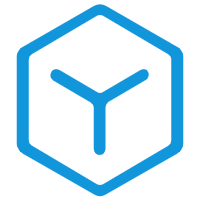When Character AI Stalls: Troubleshooting Non-responsive AI Characters
Character AI non-responsiveness can be a frustrating experience for both developers and gamers. In this blog post, we delve into the reasons behind character AI not responding and explore effective solutions to tackle this issue.
Understanding Non-responsive Character AI
In this section, we will discuss the common triggers that lead to character AI stalling. This will provide a foundational understanding of the issue and set the stage for troubleshooting methods.
Causes of AI Non-responsiveness
- Technical glitches in the game engine
- Complex AI decision trees
- Underlying pathfinding errors
Strategies to Revive Stalled Character AI
Now that we have identified the root causes, let's explore effective strategies to revive non-responsive character AI. These methods will help developers regain control over AI behavior and enhance player experience.
Section 1: Debugging AI Code
Debugging plays a crucial role in identifying and rectifying AI issues. This subsection will delve into the best practices for debugging AI code efficiently.
Utilizing Debugging Tools
Tools such as Visual Studio Debugger can aid in pinpointing AI errors and streamlining the debugging process.
Section 2: Optimizing AI Decision-making
Character AI decision-making is integral to gameplay. Optimizing this aspect can significantly reduce instances of AI non-responsiveness. Here, we will explore techniques to enhance AI decision-making.
Implementing State Machines
State machines can simplify AI decision trees and make character behaviors more predictable and responsive.
Key Takeaways
Addressing character AI non-responsiveness requires a combination of technical expertise, strategic problem-solving, and a deep understanding of AI behavior. By implementing effective debugging techniques and optimizing AI decision-making, developers can mitigate the impact of non-responsive AI characters and deliver a seamless gaming experience to players.
 3.06
3.06 241
241















